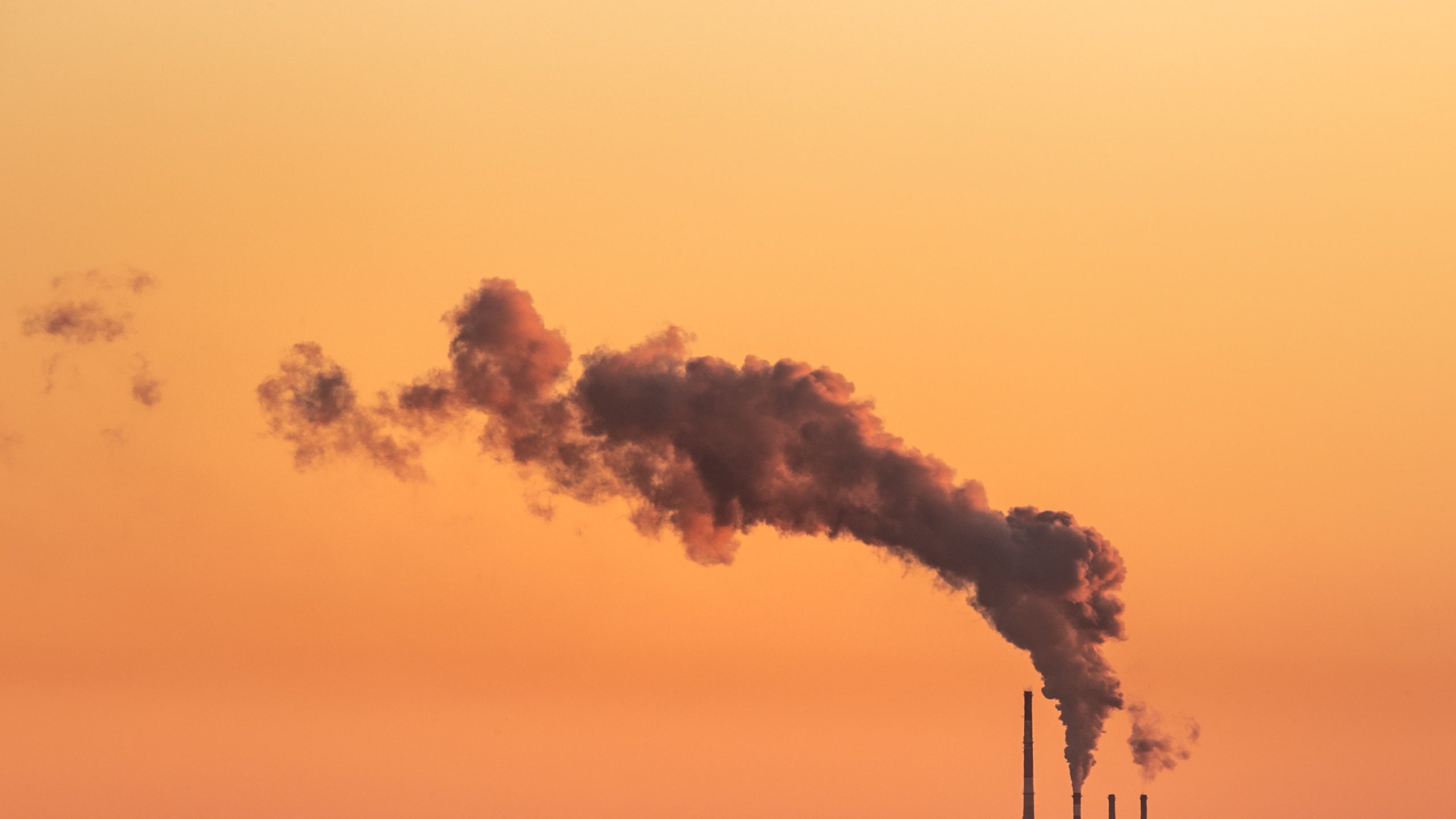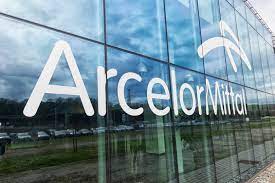Momentum is building for EU steel industry decarbonisation despite postponements from the region’s leading steelmakers, as the industry prepares to receive long-anticipated lead market support from the European Commission.
The industrial transition of Europe’s steel industry has in many ways lagged behind expectations, especially after leading steelmakers like ArcelorMittal and Salzgitter announced delays to their green renovations earlier this year, premised upon a lacking investment case and arguments that Europe’s steelmakers cannot simultaneously decarbonise and remain globally competitive in current market conditions.
But – as announced by the European Commission last week – conditions in the European steel market could be about to change rather significantly, with the Commission proposing to ‘reset’ the EU’s steel supply balance back by over ten years to a 13% import share, a level preceding the ramp-up in global steel overcapacities in 2014-2015 and its consequences for the EU’s currently-depressed steel market prices.
Many of Europe’s steelmakers are continuing to advance their decarbonisation timelines: the Stahl-Holding-Saar Group (SHS Group) announced that together with its subsidiaries Dillinger and Saarstahl, its Power4Steel project has been awarded EUR1.7bn to fully fund its renovation toward hydrogen-based direct-reduced iron to electric-arc furnace steelmaking (H2-DRI-EAF). Tata Steel’s Maubeuge unit in France is also investing in optimizations to its steel painting lines, replacing its current natural gas-powered incinerators with new optimized electrical technologies. Salzgitter – which postponed the latter stages of its SALCOS decarbonisation project in September – is still working on savings elsewhere in its supply chain, agreeing to decarbonise its maritime transport of iron ore via an efficiency partnership with Oldendorff Carriers. Greenfield steelmaker Hydnum has also partnered with automotive OEM Gestamp in a circular supply agreement.
Emerging green steel standards
Not only could import accessibility decline such to increase domestic European steel prices under the Commission’s proposals, but as described in its European Steel and Metals Plan (ESMAP), the Commission has also scheduled lead-market support policies before the end of the year.
These policies, or regulatory proposals, would introduce sustainability and circularity criteria into public procurement, and introduce a voluntary ‘low-carbon label’ for green steel as the EU’s first official standard. An official definition for green steel is seen as vital in supporting European decarbonisation, not only in incentivising demand for low-carbon products via top-down procurement mandates, but also by giving necessary certainty to stockholders that the material they source as ‘green’ will also be officially – and permanently – regarded as such, and will maintain its value in sales to consumers.
Sliding scale mechanisms – such as the Low Emissions Steel Standard (LESS), ResponsibleSteel’s framework, and the International Energy Agency (IEA) and First Movers Coalition’s (FMC) near-zero steel thresholds – account for a steel product’s constituent scrap share in taking a ‘practical’ view of the transition from emissions-intensive blast furnace steelmaking, and seem the frontrunner in any official European definition.
In September, SSAB announced that it has achieved IEA/FMC thresholds on its US production of SSAB Zero steel at its Montpelier site significantly ahead of general timelines out to 2030, producing near-zero steel via a mix of scrap, renewable energy, and H2-DRI inputs. LESS also awarded its first green steel certifications to European steelmakers around the same time, now claiming to represent approximately 45% of steel production on the continent following the recent joining of upcoming greenfield steelmaker Stegra.
New investment difficulties
Against this backdrop, the stage seems somewhat set for Europe’s steel industrial transition to gain momentum, and many of Europe’s steelmakers have been moving to ready themselves in aligning to different standards – though news is not necessarily all positive for new entrants to the EU market such as Stegra.
Stegra, building a greenfield hydrogen-fed direct-reduced iron to electric-arc furnace (H2-DRI-EAF) plant in Sweden, has announced a new financing round to cover up to 15% of the project’s total funding, but media reports note that its project financing gap has increased significantly since its last showing.
CEO Henrik Henriksson described the project as over 60% complete, with “clear visibility and a detailed plan for the full runway up to completion,” but media reports illustrate Stegra’s investment case as troubled given a large increase in cited funding gaps, and parallels with the ill-fated, and similarly structured, Northvolt.
Market participants suggest that Stegra does not have much financial runway, especially after failing to receive state grants “that were not fulfilled despite approval from the EU Commission,” as described in the greenfield steelmaker’s statement. Stegra also cites necessary infrastructural investments, “initially intended to be funded by external parties,” which will now be directly managed and owned by the company itself.
Stegra recently announced a supply agreement with its backer Microsoft, part of which decouples the ‘green value’ from its production to be sold as Environmental Attribute Certificates (EACs) to offset related emissions, said to allow support for the green steel market via revenues from new sources where buying Stegra’s physical low-carbon steel directly is either impossible or unrealistic.
The green steel investment case is already a difficult argument for Europe’s incumbent steelmakers given the lack of consolidated green steel demand, regulatory support, and standardised liquidity for price discovery of low-carbon steels. McCloskey’s own approach is a holistic one, calculating the value of a single unit of reduced carbon on the basis of all green premia for low-carbon hot-rolled coil, surveyed weekly, and currently standing at EUR47.62/t as of 10 October.
The European Commission’s upcoming regulatory efforts, including both its lead market proposals and new steel protection framework could pull matters in either direction for Stegra – on the one hand the project could become more attractive as a source of low-carbon supply at a time of potential domestic undercapacity as the EU market is reset; but on the other, increased price transparency and liquidity for low-carbon steels could expose that Stegra’s investment case is unsupported by actual green market fundamentals.
Benjamin Steven Journalist, Steel





